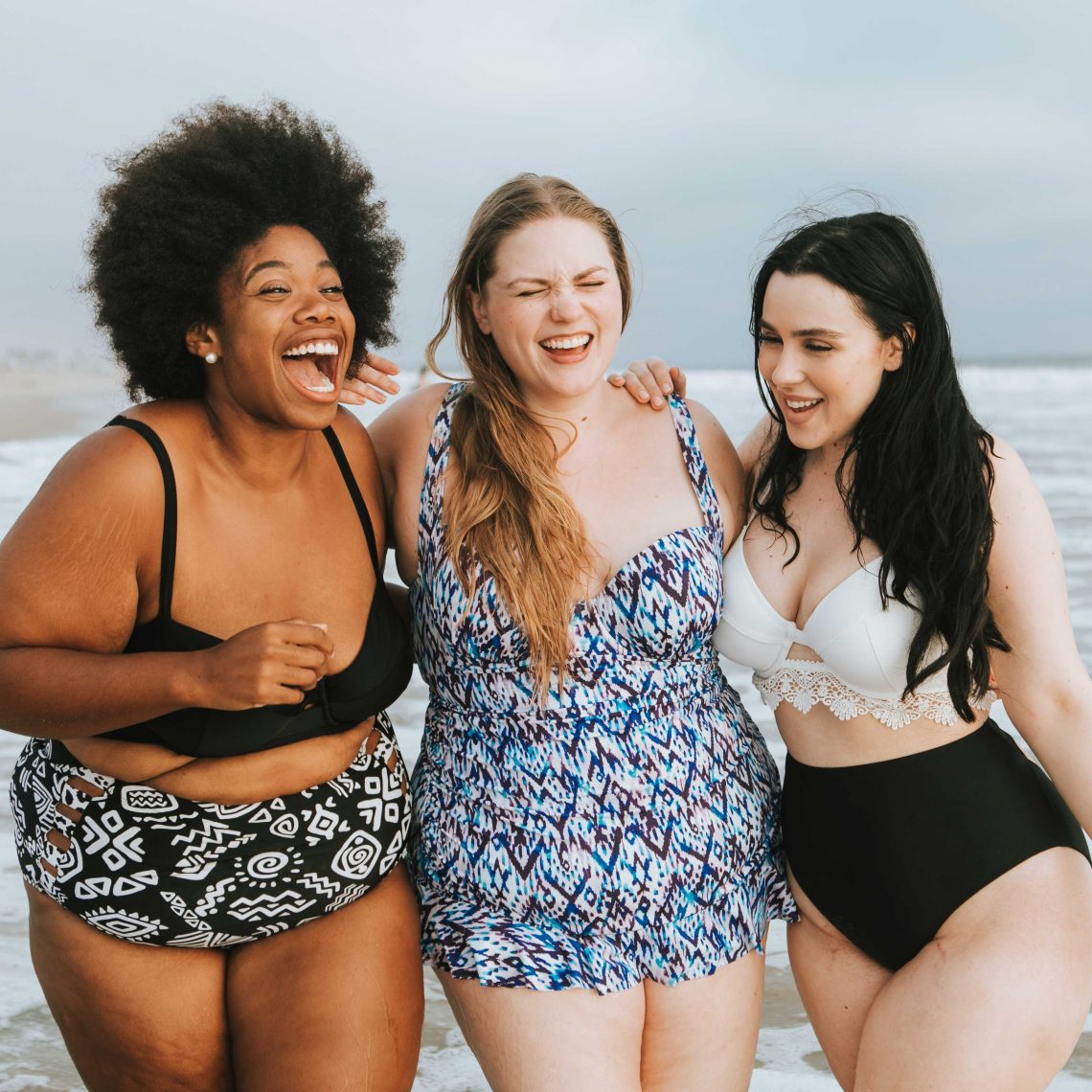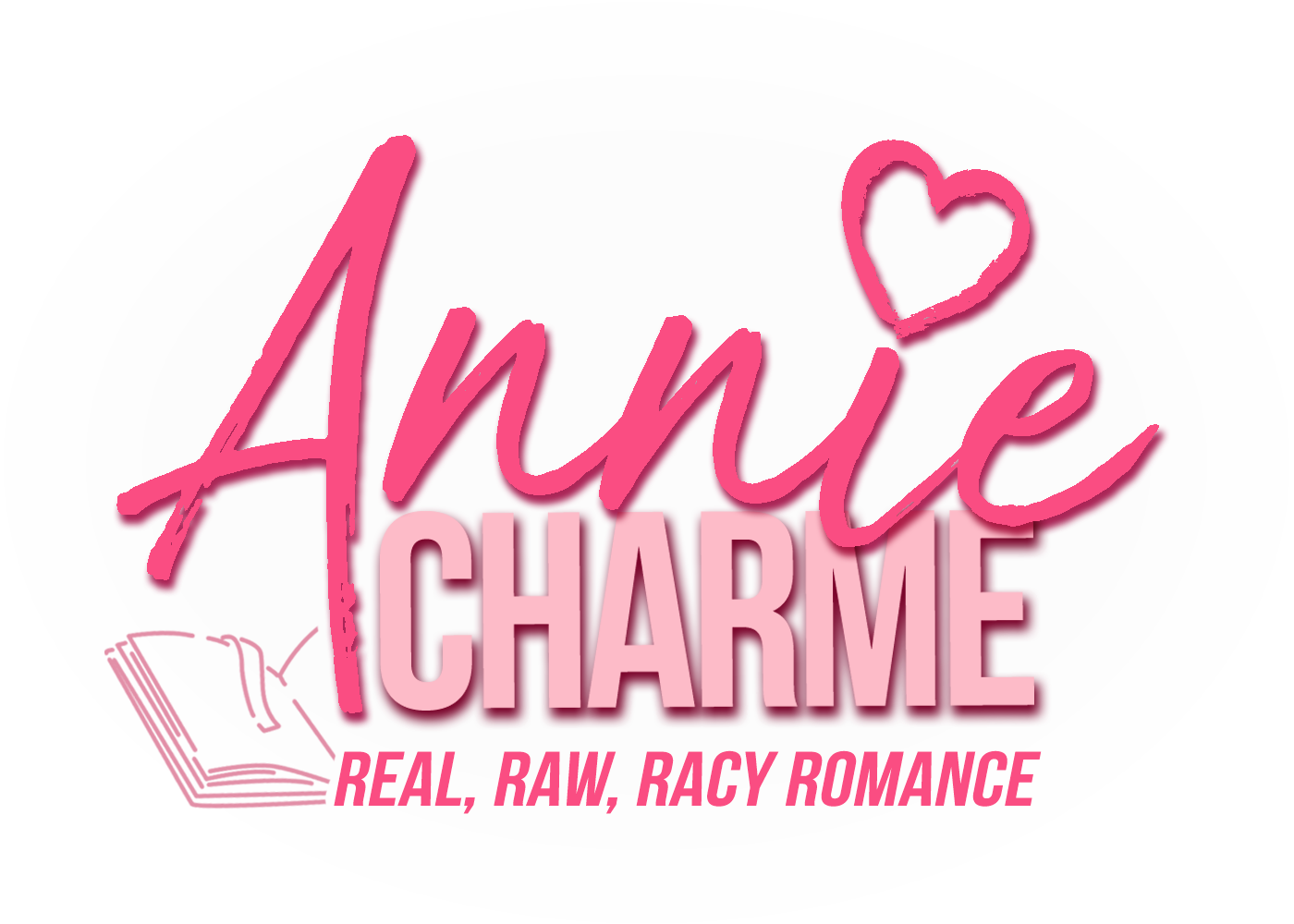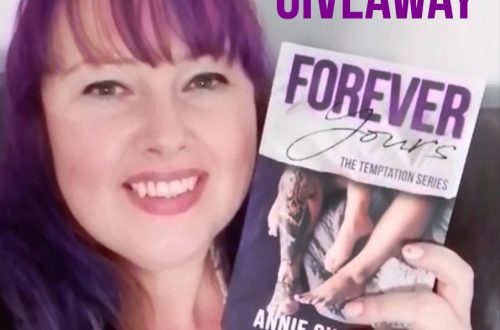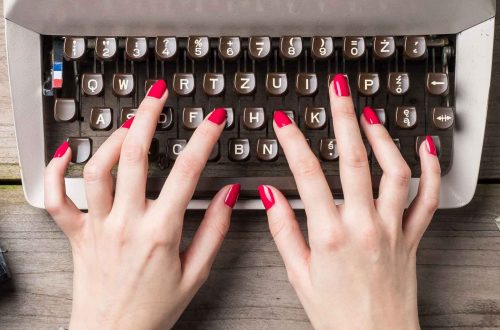
Sexy Isn’t a Size
As an Amazon Associate I earn from qualifying purchases.
By Leigh Carron and Annie Charme, featured in Blush magazine, April 2023, www.blush-magazine.com
Sexy Isn’t a size. Or a shape, color, or any one-dimensional thing. It’s not about being flawless or perfect. It’s inherently how you feel and the way you see yourself.
Unfortunately, for too long, images in the mainstream media, including characters in film and books, have promoted ideals of beauty and sexiness that many of us do not resemble. The stiffly narrow and unrealistic portrayal, with mainly thin bodies and white skin at the center, can have a harmful impact on our psyches and self-confidence.
Women predominate the romance category that generates over $1.44 billion in revenue (WordsRated, 2022), making romance the highest-earning genre of fiction. And yet, until recent years, a good portion of readers rarely saw themselves in the industry they fund.
Both indie and traditional publishing are slowly shifting to become more inclusive. BBW (Big Beautiful Women) romance is not on the fringe anymore. Today, there are a growing number of romance novels, including bestsellers, with women of all shapes and sizes.
Reading about slim legs and the way the hot male character’s large hands circle a tiny waist can get old and make some women feel less than. There are many of us who want to read about round bellies, thick thighs, and big bottoms getting their love and sexy on.
Heroines that look like me
Authors Annie Charme and Leigh Carron write under the umbrella of body positivity, aimed at promoting acceptance and appreciation of all body types. Having struggled to find heroines in books that looked like us, we are intentional about portraying realistic images of women acknowledging their worth, falling in love, having hot, steamy sex, and experiencing their swoony HEA.
Interested in hearing how others felt, we reached out to fellow authors and readers on the question: Why is body positive representation important in romance? The number of responses was overwhelming, but the answers held one thing in common. Authors and readers, respectively, want to see more heroines who look like them.
USA Today Bestselling author, Molly O’Hare, tells us that after reading about “flawless” characters she couldn’t connect with, she decided to change the narrative. “My goal as an author is to give readers who look like me the opportunity to read books with characters that look like them.” In her Teased by Love series, O’Hare writes, “There was no judgment. Just Love. Every single lump, bump, and curve. The plus-sized, huge-thighed, big stomach, double-chinned her. And there was not a thing wrong with her in any way.”
That’s how you flip the script on the outmoded standard that only thin is sexy. O’Hare says, “The industry has improved over the years, and I’m beyond grateful for that. There is still a long way to go, but we’re making a step in the right direction.”
Reader Amanda Felton appreciates this progress. “Growing up curvy, I didn’t fit in and read to escape. I feel like everyone should have a happily ever after, no matter their size, and should be portrayed positively!”
Steamy romance author Nichole Rose agrees. “It’s important for me to write characters who remind women that we’re more than just a number on a scale.” In a scene from Rose’s Beach House Beauty, the MMC sees the heroine dance. “There’s something beautiful about watching a curvy woman move. It’s erotic as hell.”
That’s the kind of portrayal reader Angela Leafi likes to see. “Body positive rep tugs on my heart when a plus-size woman is loved for who she is, as well as the beautiful body she has.”
Bookstagrammer Redcorset writes, “I prefer body neutrality. When a fat body is presented as a fact. Not a problem. Not a plot device. Not comic relief. It just is. State. Describe. Move on.”
Body acceptance can be a journey
The neutrality that Redcorset references is a place where most women would like to be. Where we don’t think twice about our bodies. Or worry about the lumps, rolls, stretch marks or cellulite. Where we just embrace our sexy fabulousness.
There are many of us; however, for which body acceptance is a journey. And that’s okay too. It is real and resonates for some readers to see heroines overcoming their obstacles and insecurities without changing their appearance. Studies show that over 80% of women in North America struggle with body image, and that body positive messages improve body acceptance and emotional wellbeing (Science Direct, 2021).
Author K. L. Montgomery says she spent much of her life hating her body and battling an eating disorder. “I’m committed to representing plus-size characters in my stories and speaking this truth: we are all worthy.” From her novel, Music Man, Montgomery honors that truth. “Jack is everything I never thought I deserved. Especially if I stayed fat. But here I am, rockin’ this Fat Girl body, and he loves me. HE LOVES ME.”
Reader and former book reviewer, Darlene Suber, says,“I find it encouraging when authors put their souls into writing about [the average woman] in romance. It has to be hot but also show characters going through ups and downs in the journey to accept and love themselves.”
Serving up My Sugar Promise, rom-com author, Megan Wade, says she struggled with an eating disorder and body image until she came to appreciate all she is: “an Amazonian goddess who is beautiful, strong, confident, and worthy. It’s that message I try to get across in all my books.” In Marshmallow, featuring a plus-size influencer, Wade drives that message home. “Learning to embrace our imperfections, even loving them, is the biggest hurdle most of us face.”
For Bookstagrammer, Amanda of Reading Not Sleeping,realness resonates. She says,“Inclusivity in romance novels brings the perspective and insecurities of the everyday woman to life and shows that despite any self-perceived flaws, curves can be every bit as sexy.”
Upending insecurities
As authors, we’re not so naïve as to believe romance novels alone can upend our insecurities. However, they can make a difference in how female readers see themselves.
USA TODAY Bestselling Author Mary E Thompson says, “I was inspired to create contemporary romances for women who feel invisible, even in their own mirrors; looking for their flaws instead of seeing their strength and beauty.” Receiving support from a friend who felt invisible too, Thompson began her first curvy girl romance series. In Husky & Hot, Big & Beautiful book 7, Thompson’s MFC acknowledges her sexiness. “I wasn’t a fool. If he came over to hit on me, he liked some of what he saw. I was a size 20, nowhere near skinny, but my skirt accentuated my assets and he was obviously an ass man.”
Bookstagrammer ohmorebooks reinforces the point that body positivity in novels can uplift women. “When I read about a fat heroine who looks like me having that HEA it gives me hope that maybe I can find that too.”
Theresa Jolly Lee, shares this view,“I like characters to be real, not perfect. That’s what makes them interesting. I want to see someone like myself in romance. Because every girl deserves her HEA with a hot guy!”
It wasn’t until Annie Charme read Misadventures of a Curvy Girl by Sierra Simone, that she was introduced to a man worshiping a larger woman’s body. “It made me feel confident and comfortable in my own skin. Struggling to find more fat representation, I decided to write my own sexy plus-size romance stories.”
Brireads02 says, “Body inclusivity makes readers feel seen and noticed. Expressing this representation shows that authors understand their audience.”
Relatability Matters
Romance is a form of escapism and the stories are fiction, but there needs to be a connection that allows readers to sink into the novel and relate to the words and characters on the pages.
Keeping it real is Sadie King, who writes short, instalove romance. “I love giving readers characters they can relate to. My heroines can be super sexy and confident in their curves, or they can be shy and unsure. There’s nothing like a hot hero loving a woman’s curves to unleash her inhibitions and give her newfound confidence in the bedroom!” King brings out the body-appreciation in her novel, His Book Stack: “Holden’s gaze makes me feel like a supermodel. It’s full of heat, and when his eyes come back to mine, they’re hungry. And I don’t mean for breakfast.”
Nicole Arbuckle says, “As a romance reader, I think characters should come in all shapes and sizes. It helps women to identify with characters that resemble them, to become invested in the story, and ultimately feel accepted and desirable.”
Sharing the same sentiment, reader and editor Samantha Hoffman tells us what she likes about body positivity in romance is, “I can be the heroine in those books…I’m celebrated for being perfectly me.”
Diversity meets body positivity
The broadening of what a sexy heroine looks like is not only limited to size. There are body positive romance authors also representing racial and cultural diversity.
Leigh Carron wanted the characters in her sexy romances to reflect her own experiences as a curvy Black woman. “Diversity enriches us, and is the world in which I want to live—where size and skin color are inclusive, where all people are accepted for who they are, and love is just love.”
Danielle Jackson, author of The Accidental Pinup, also writes diverse romance. Jackson knew when she penned her debut novel, she would make her heroine “a fat, black woman who embraced her worth before her love interest showed up on the page.” Jackson says she wants readers “to feel empowered by the journey my characters go on.” This is demonstrated in The Accidental Pinup when the main character sees herself in lingerie and knows that “her body, extra pounds, dimpled thighs, visible tummy line, and all, looked [effing] bomb.”
Award-winning author of romance and urban fantasy, Seressia Glass, believes it’s imperative to honor the wide diversity of readers. In Love Con, featuring a bi-racial couple and curvy heroine, Glass writes, “She knew her body shape, knew how to accentuate it to its best advantage. She did a slow turn, making sure he saw all she had to offer, all the swerves in her curves.”
Diversity is also important to Twyla Turner. “I was moved to write steamy love stories featuring curvy black women. I wanted women like me to finally see themselves in the stories they read. To know they are worthy of love and panty-melting sex.” In her novel, One Night in Paris, Turner writes “…her plush tummy looks so soft and welcoming…I could find a home in a body like hers.”
Examples of authors promoting inclusivity through the use of their life experiences also extends to neurodiversity. Mental health wasn’t often mentioned in romance novels, certainly not pertaining to the lead characters. But this is changing.
Jeanna Louise Skinner, paranormal author says she loves to write about “fierce and fabulous, fat and neurodiverse people having fantastical adventures and finding the love they deserve.” For Skinner, the power in the characters owning their sexiness is when “they are living their very best, neurospicy lives,” and being appreciated by an adoring hero. Quote from The Book Boyfriend: “I’m curious about everything. Every smile, every kiss. Every breath-taking, meandering, glorious curve of your body and mind.”
New Canadian author, Lia Preston, also brings her experience to the pages. Diagnosed with ADHD as an adult, Preston wanted to write short and steamy contemporary romances, catering to readers with shorter attention spans, busy lifestyles or readers wanting a palate cleanser. Preston says, “I aim to represent a variety of different sizes and shapes that will allow readers to put themselves in the shoes of the heroine while being reminded that they are deserving of love, romance, and respect.”
Dispelling negative stereotypes
Although it is easier today to find romance novels featuring larger women, what shines isn’t always gold. Some stereotypes still exist across all genres, such as the villain portrayed in negatively fat terms. Not to mention the jolly baker; the overweight, funny side-kick who loves to eat but is never lucky in love; and the big girl who envies her group of slim, perfect friends, and cannot believe a hot man could ever be attracted to her.
Thankfully, this narrative too is receiving an overhaul, and authors are dispelling these hurtful messages. Our BBW is stepping out on her own as a strong leading lady. She’s not marginalized or diminished. And she’s not defined by her size. She can be whatever TF she wants to be.
Layne Daniels writes romance that’s free from shaming based on appearance, sexual history, kinks, or orientation. Daniels says she, “Models her FMC off the pioneers who hold space for themselves to exist without apology.” Daniels believes the new generation is leading the revolution in self-love and being appreciated and desired for all they are. In Getting Off His Naughty List, Daniels writes this sexy scene: “The way her soft flesh presses against the fishnets creates pillowy little diamonds that get [me] so hard there’s no blood left in my brain for rational thought.”
Representing fat-positivity, author Jenny Howe who writes contemporary romantic comedies says, “My characters are confident in their bodies and love themselves. Their stories do not revolve around their size.” As someone who wished there had been fat positive books when growing up, Howe says she hopes her stories “can provide that comfort and healing to my readers, and also help challenge fatphobia.” In her debut, The Make-Up Test, Howe takes the power back on a term that has been used to hurt. “Fat was only an ugly word if you let it be.”
Similarly, TV Personality and Confidence Coach Karen Donaldson, encourages us to own our sexiness and define it as we choose. “Sexy is a state of mind. If you claim your sexiness, it’s a wrap. The opinions of others don’t matter unless we allow them to.”
In an echo of this sentiment, bookstagrammer shelves by simmy says, “The perfect body isn’t real. Celebrate your body the way it is. It’s effing beautiful. It carried you around all day and that’s pretty damn amazing.”
Empowerment is the way forward
Diversity and inclusivity in romance offers representation to millions of women readers around the world.
While still in the stages of progress, what’s great about the romance genre is its range. BBW novel selection now encompasses race, gender identity, sexuality, neurodiversity, and so much more, broadening all our perspectives.
With collaborations bursting onto the scene, such as Curves for Christmas and the upcoming Club Curve in June, we can expect to see more body positive and big, beautiful women as lead characters in the mainstream. Because sexy isn’t one size. It’s not one look. In romantic fiction and in real life—sexiness belongs to ALL women!
As an Amazon Associate I earn from qualifying purchases.





